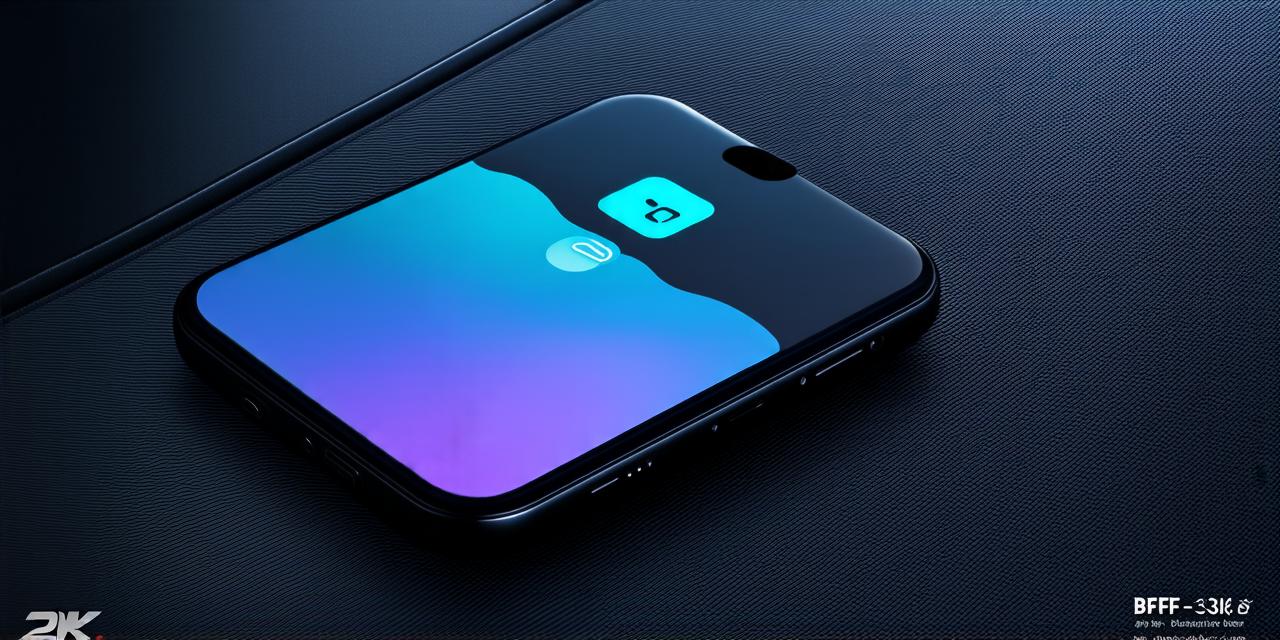As an iOS developer, you understand the importance of keeping your apps secure from hackers and other malicious actors. With millions of users accessing your app every day, even a small security breach can have catastrophic consequences for your business and reputation.
Encryption: The First Line of Defense
Encryption is a powerful tool for securing sensitive data transmitted between your app and the server. Encryption ensures that any data sent over the network cannot be read by unauthorized parties, even if it is intercepted by a hacker.
There are several types of encryption you should consider using in your app, including SSL/TLS, AES, and RSA. These encryption methods use different algorithms to encrypt data, but they all provide strong protection against attacks.
When implementing encryption in your app, it’s important to choose the right method for your specific needs. For example, if you need to transmit sensitive information over a public network, SSL/TLS is a good choice because it provides end-to-end encryption and is widely supported by most browsers and devices. AES is another good option because it offers strong encryption and is fast, making it suitable for use in real-time applications.
Secure Coding: Protecting Against Common Vulnerabilities
In addition to using encryption, there are several other best practices you should follow when developing your app to protect against common vulnerabilities. These include using secure coding techniques, conducting regular security audits, and implementing user authentication and authorization.
One of the most common vulnerabilities that hackers exploit is SQL injection attacks. This occurs when a hacker inserts malicious code into a database query, allowing them to access sensitive information or even take control of the database itself. To prevent this type of attack, you should always use parameterized queries and input validation techniques when interacting with databases from your app.
Another common vulnerability is cross-site scripting (XSS) attacks. This occurs when a hacker injects malicious code into a website that your app visits, allowing them to steal sensitive information or take control of the user’s browser. To prevent XSS attacks, you should always sanitize all user input and use content security policies (CSP) to restrict the types of content that can be loaded in your app.
User Authentication and Authorization: Verifying Identity and Access Control
User authentication and authorization are critical components of any secure app, as they ensure that only authorized users have access to sensitive data and functionality. There are several types of authentication and authorization methods you can use in your app, including username/password, two-factor authentication (2FA), and biometric authentication.
When implementing user authentication and authorization in your app, it’s important to choose the right method for your specific needs. For example, if your app requires a high level of security and privacy, you may want to consider using biometric authentication or 2FA, which provide an extra layer of security beyond traditional username/password credentials.
Case Study: Securing a Financial App
Let’s take a look at a real-world example of how these best practices can be applied to secure an app in the financial industry.
Suppose you are developing a mobile banking app that allows users to manage their finances, make transactions, and access sensitive information such as account balances and transaction history. To protect this app from hackers, you would need to implement several security measures, including encryption, secure coding techniques, user authentication and authorization, and regular security audits.
To ensure that all data transmitted between the app and the server is secure, you would use SSL/TLS encryption to encrypt all network traffic. You would also use AES encryption for storing sensitive information such as account numbers and passwords on the device.
When implementing user authentication and authorization, you would require users to create a unique username and password, which they would need to enter every time they access the app. To provide an extra layer of security, you could also implement two-factor authentication (2FA) or biometric authentication using touch ID or facial recognition.
To prevent SQL injection attacks and other common vulnerabilities, you would use secure coding techniques such as input validation and parameterized queries when interacting with the database from your app. You would also sanitize all user input and implement content security policies (CSP) to restrict the types of content that can be loaded in your app.
Finally, to ensure that your app is regularly tested for vulnerabilities and security issues, you would conduct regular security audits and penetration testing to identify any weaknesses and address them before they can be exploited by hackers.

Conclusion
Securing your apps on iOS is critical for protecting both your users and your business. By following best practices such as encryption, secure coding techniques, user authentication and authorization, and regular security audits, you can help ensure that your app is as secure as possible. Remember to always stay vigilant and up-to-date with the latest security threats and trends in order to keep your app protected from hackers and other malicious actors.
